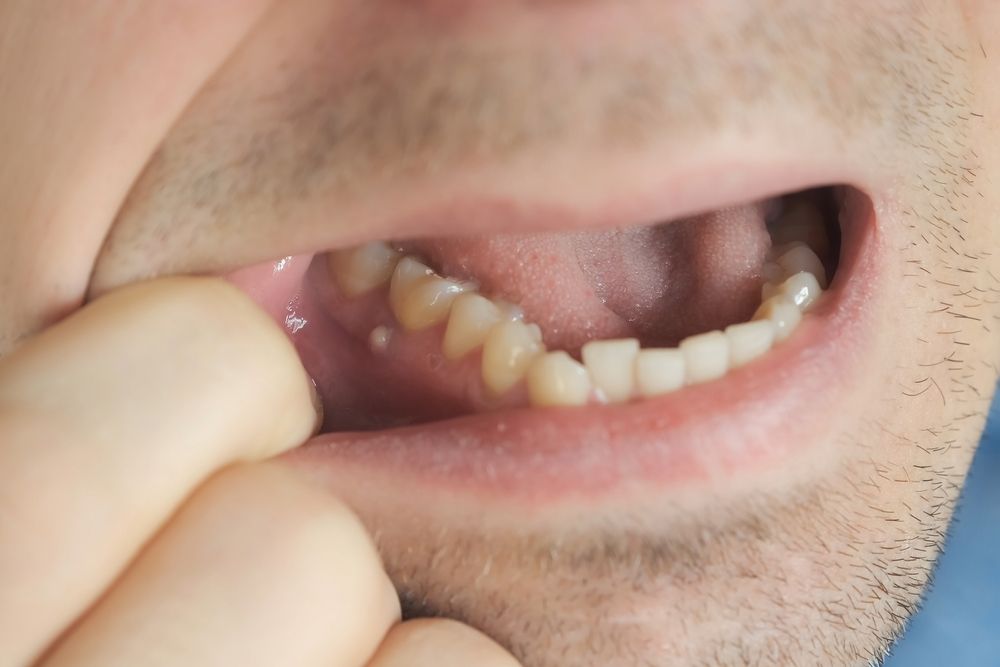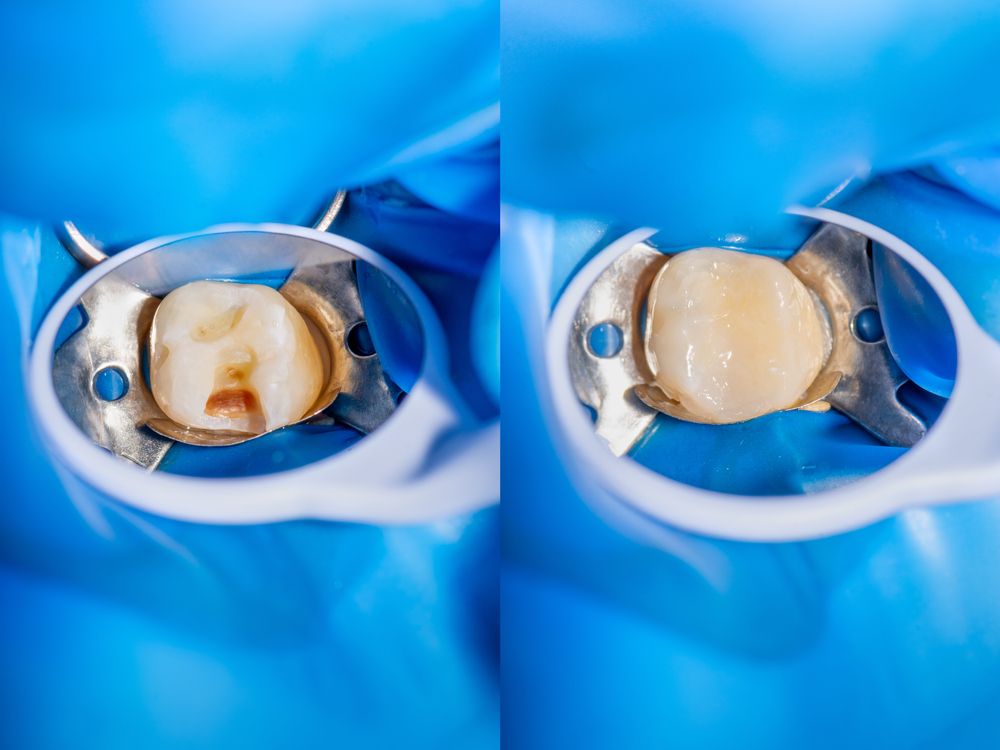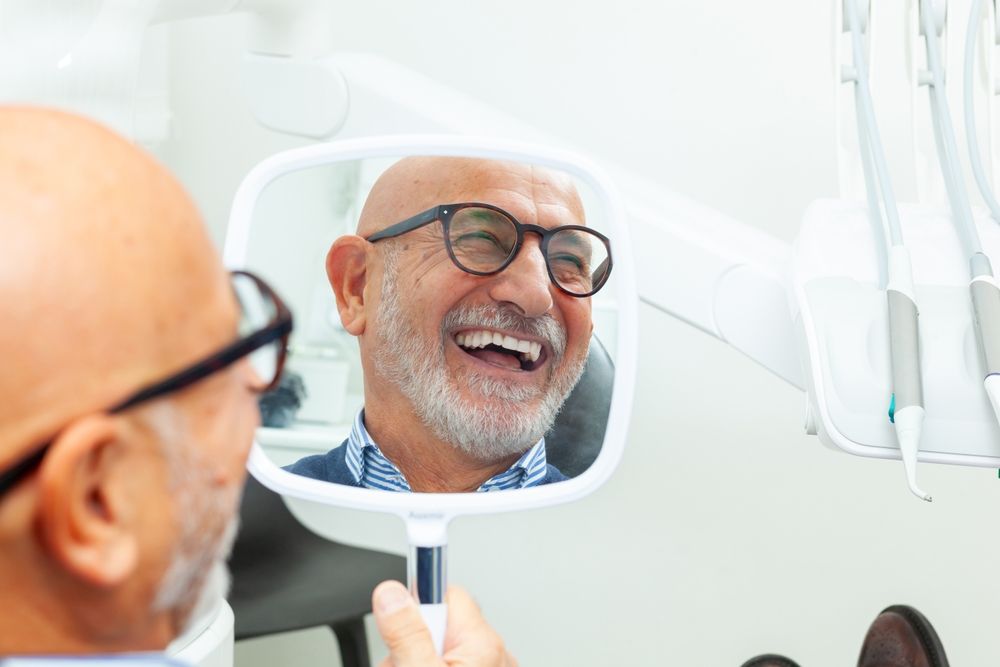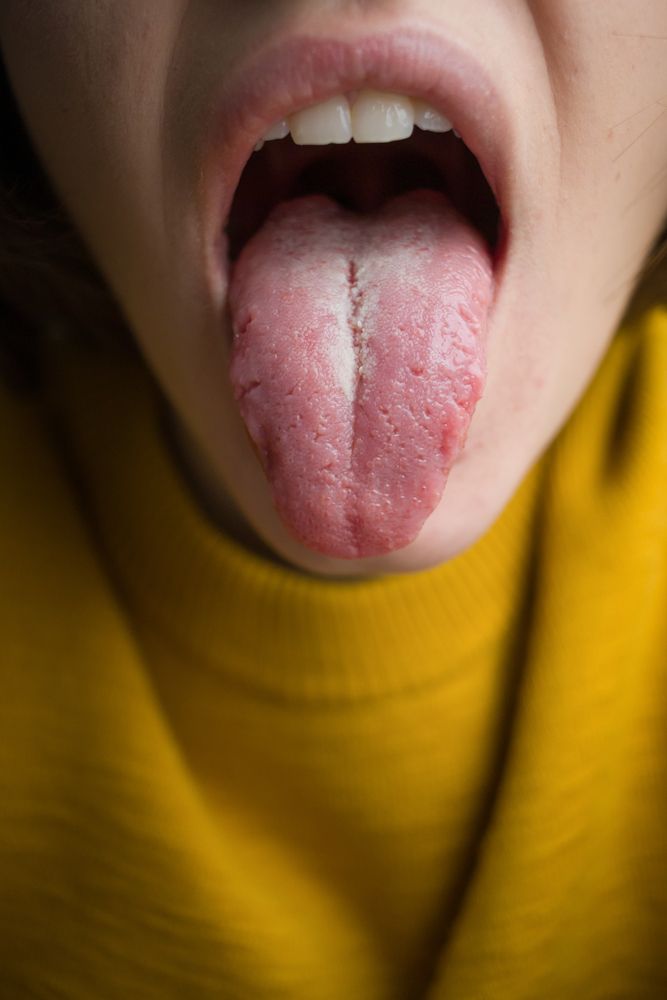It’s undeniable that social media has integrated itself into almost every part of our lives. Anywhere that the internet is a daily reality finds us endlessly checking Instagram, Twitter, Tiktok, Snapchat, and Facebook. While this provides us with an amazing way of keeping in touch with the lives of our friends and loved ones, it has a darker side. More and more people report feeling like they aren’t accomplishing as much as their peers. Feelings of inadequacy, unattractiveness, and general negative thoughts are common outcomes. One outcome has been the growth of a new form of dysmorphia known as smile dysmorphia.
The Paradigm of Beauty And Snapchat Dysmorphia
Beauty is subjective and is in a state of constant flux. For as long as humans have worn clothes, the ‘latest fashion’ concept has existed in one form or another. Already subject to the latest trends, the integration of the instant communication provided by social media has only made it change faster. Our current generation has never known a world without the internet and social media, and both have played an integral role in their lives. Unfortunately, the impressionable nature of the young has made them particularly susceptible to a negative self-image as a result.
Smile or Snapchat Dysmorphia is the result of several factors. In part, it’s the result of greater exposure to various influences through social media. Most particularly, it’s the result of the carefully curated and filtered images that come across these platforms. The “perfect look” as a concept has been a constant companion for cultures worldwide. Unfortunately, the ability to perfectly filter the image you place on Facebook has served to create an impossible standard of beauty. What clever photography and Photoshop accomplished for magazines, Facebook, and Snapchat filters have been put into the hands of the average social media user.
This has led to the birth of a new kind of mental health issue known as Snapchat Dysmorphia. More and more dentists are seeing patients looking for ways to bring their filtered Snapchat images to life. The following treatments are capable of helping achieve these goals, within reason:
- Tooth Whitening – Over-The-Counter and office-based treatments are available that can address dental staining.
- Gingival Contouring – Some patients feel that their gums are too prominent. Gingival contouring is the practice of using surgical and laser-based techniques to reshape them.
- Enamel Contouring – Small amounts of enamel can be removed to enhance the length and shape of the patient’s teeth in cases where excess enamel is present.
- Microabrasion – Similar to the above, microabrasion works by removing dental enamel in tiny amounts. This process is done with the goal of eliminating staining on teeth.
There’s nothing inherently wrong with having a desire to improve your appearance; it can become an unhealthy obsession. Speak with your dental specialist to get a clear understanding of whether your goals are realistic and achievable.
Consult Your Cosmetic Dentist For Guidance
One of the consequences of smile dysmorphia is the inability to have a clear view of our own appearance. We may believe that imperfections exist where they do not, in a manner similar to eating disorders. Consulting with your dentist and mental health professional can ensure that your goals are healthy and realistic.






